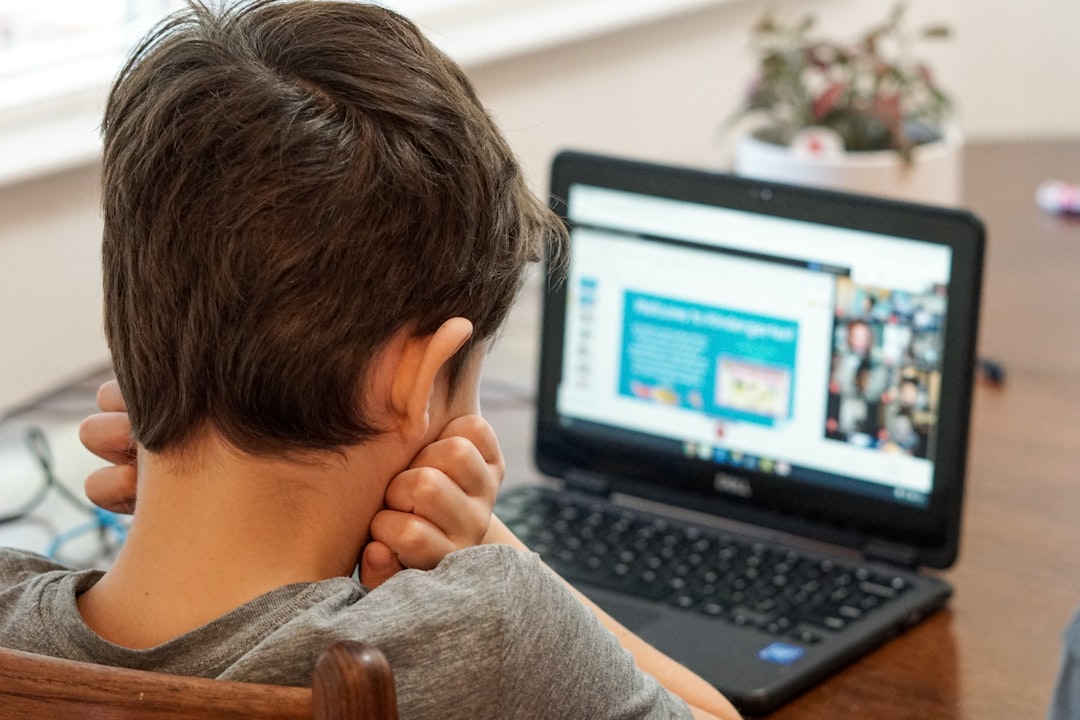The Future of Online Learning in Higher Education: Trends and Transformations
The Future of Online Learning in Higher Education: Trends and Transformations
The Role of Online Learning in Higher Education: Exploring the evolution, advantages, and disadvantages of online learning in higher education, as well as its impact on traditional education, the technologies used in virtual classrooms, and future trends in online education.
The Evolution of Online Learning in Higher Education
Introduction to Online Learning in Higher Education
Online learning has transitioned from being a supplementary educational tool to a mainstream mode of instruction in higher education institutions globally. Massive Open Online Courses (MOOCs) have gained popularity, offering free or low-cost access to educational content from prestigious universities. Accredited online degree programs have also become increasingly prevalent, offering students flexible pathways to earning recognized qualifications.
An example illustrating this evolution is the rise of platforms like Coursera and Udemy, which host a wide range of courses from universities worldwide. Students can enroll in courses covering various subjects, from computer science to humanities, and earn certificates upon completion of online education.
 Advantages of Online Learning in Higher Education
Advantages of Online Learning in Higher Education
Online education offers learners the convenience of accessing course materials from anywhere with an internet connection, breaking down geographical barriers to education. The asynchronous nature of online courses allows students to learn at their own pace, accommodating individual preferences and schedules. Furthermore, virtual learning environments promote inclusivity by catering to diverse learning styles and meeting the needs of students with varying requirements.
For instance, a working professional seeking to enhance their skills can enroll in an online MBA program, attending classes after work hours and completing assignments at their convenience.
Disadvantages of Online Learning in Higher Education
One drawback of online programs is the limited hands-on practical experience they offer, which may impede the development of certain skills crucial for specific fields of study. Concerns about academic integrity may arise with online assessments and exams, as students could potentially cheat using unauthorized resources. Additionally, the lack of immediate feedback and interaction with instructors in online courses can lead to feelings of isolation or disconnection among students.
For example, a nursing student pursuing an online degree may face challenges in gaining hands-on experience in a clinical setting, impacting their practical skills compared to traditional on-campus learning.
 Impact of Online Learning on Traditional Education
Impact of Online Learning on Traditional Education
Traditional universities are exploring hybrid models that combine in-person and online elements to offer a blended learning experience that maximizes the benefits of both approaches. The adoption of online learning has prompted institutions to rethink traditional pedagogical methods and incorporate more interactive and engaging learning activities. Online learning has expanded access to higher education for non-traditional students, such as working professionals and individuals with familial responsibilities.
For instance, a university might offer a hybrid course in which lectures are delivered online, while hands-on laboratory sessions are conducted in person on campus, providing students with a balanced learning experience that combines the flexibility of online learning with the practical aspects of traditional education.
 Technologies Used in Virtual Classrooms
Technologies Used in Virtual Classrooms
Artificial intelligence (AI) tools are increasingly being integrated into virtual classrooms to provide personalized learning recommendations and adaptive assessments. Cloud-based platforms facilitate seamless collaboration among students and instructors, enabling real-time feedback and discussions in virtual learning environments. Gamification elements, such as badges and leaderboards, are used to enhance student engagement and motivation in online courses.
For example, a virtual classroom may utilize AI algorithms to analyze student performance data and recommend personalized study materials, enhancing the learning experience for each individual student.
Future Trends in Online Education
The rise of blockchain technology is poised to revolutionize credentialing and verification processes in online education, ensuring the security and authenticity of academic records. Augmented reality (AR) applications in online learning will offer immersive experiences that simulate real-world environments for hands-on training and skill development. Peer-to-peer learning networks and online study groups will continue to grow, providing students with opportunities for collaborative learning and knowledge sharing outside the traditional classroom setting.
For instance, in the future, students may use AR headsets to participate in virtual lab experiments, allowing them to practice scientific procedures in a realistic virtual environment.

Comments
Post a Comment